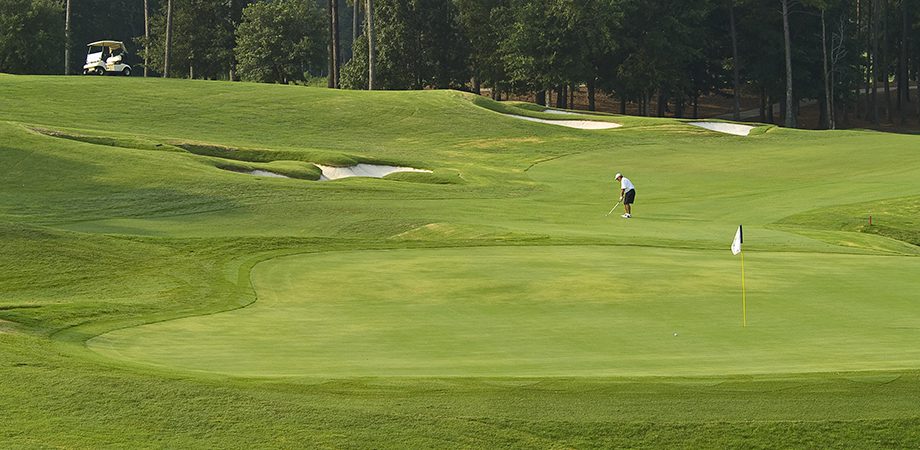Strategies to Manage Summer Stress on the Golf Course

The Fourth of July has passed with a bang, and as we charge forward into some of our toughest management months as golf course superintendents, DEFENSE becomes the name of the game.
Turfgrass management plans have been well-prepared and are being executed; however, as we all know those plans can be thrown aside in an instant when dealing with the ups and downs of Mother Nature. Both biotic stress and abiotic stress become prevalent this time of the year. As a result, summer decline of creeping bentgrass and annual bluegrass becomes a concern.
Adjustment of turfgrass management practices occur daily (if not hourly) and become standard practice for golf course superintendents during these difficult to manage months.
Such modifications and strategies to consider implementing on your turfgrass sites during these hard to manage days include:
- Vent turfgrass surfaces to aid in gas exchange, water infiltration, and stimulate new rooting.
- Manage irrigation practices accordingly. Adjust watering amounts through the use of portable meter readings and daily weather conditions. Include the use of wetting agents/soil surfactants in your management programs to help pull and retain moisture.
- Raise the height of cut of your turfgrass. This will allow for an increase in carbohydrate production which will be necessary during stressful periods.
- Utilize a preventative fungicide program prior to stress onset and continue with a program during summer stress periods.
- Utilize foliar fertilizer applications with amino acids to assist in nutrient uptake when the turfgrass root system is compromised.
- Alternate between rolling and mowing of putting greens. This will help alleviate stress and allow for an increase in the photosynthetic surface area.
- Be cautious of utilizing additional maintenance practices that may be stressful to the turf. Wait to do these when the weather is more favorable. Sometimes less is more during stressful periods.
- Reach out to your peers and colleagues in the industry to learn what they are seeing and doing. These interactions often provide the greatest resources!
For further information on summer decline affecting bent and bluegrass greens and fairways, check out this article.
Follow these best practices for a smooth finish as we ride into fall. As always, please do not hesitate to contact your ATS representative with any of your agronomic concerns or needs, we are here to help!
Brad Fry
Sales Representative







